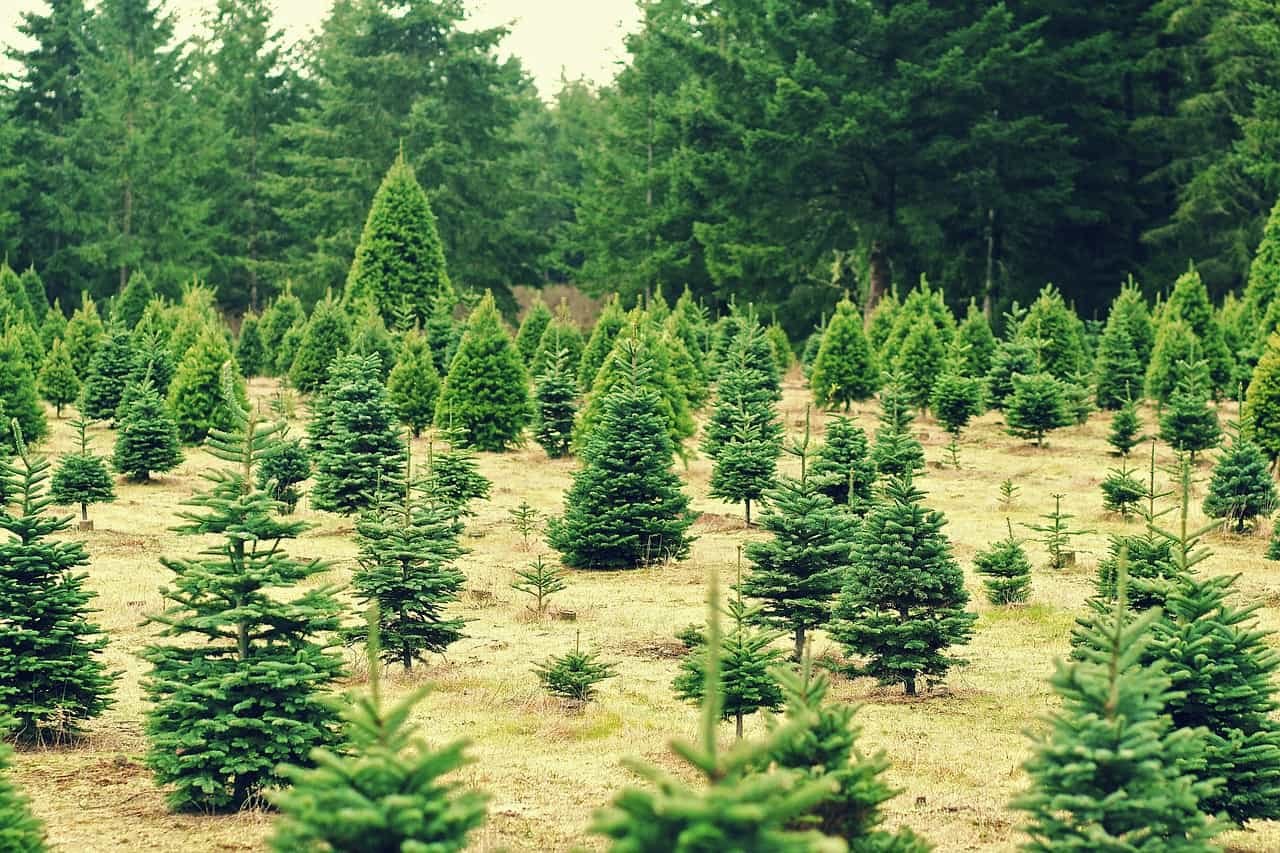Christmas trees are a cherished part of holiday traditions around the world. While artificial trees have become popular in recent years, real Christmas trees offer significant environmental benefits that often go overlooked. From their role in carbon sequestration to supporting local economies and wildlife, here’s why opting for a real Christmas tree can be a more eco-friendly choice.
Carbon Sequestration
One of the most significant environmental benefits of real Christmas trees is their ability to absorb carbon dioxide from the atmosphere. During their growth, Christmas trees, like all plants, take in CO2 and release oxygen. This process helps mitigate the effects of climate change by reducing the amount of greenhouse gases in the atmosphere. A single acre of Christmas trees can absorb up to a ton of carbon dioxide annually, contributing positively to air quality and reducing our carbon footprint.
Habitat for Wildlife
Christmas tree farms provide valuable habitats for various wildlife species. The trees offer shelter and food sources for birds, insects, and small mammals throughout the year. The undergrowth around the trees can also support a diverse ecosystem, helping maintain local biodiversity. By choosing a real Christmas tree, you are indirectly supporting these habitats and the wildlife that depends on them.
Sustainable Agriculture
Christmas tree farming is a form of sustainable agriculture. Farmers plant new trees to replace those harvested, ensuring that the land remains productive year after year. This cycle of planting and harvesting contributes to soil health, prevents erosion, and maintains green spaces that might otherwise be converted to less environmentally friendly uses, such as urban development.
Biodegradability
Real Christmas trees are 100% biodegradable. After the holiday season, they can be recycled into mulch, compost, or used for other environmental purposes, such as shoreline stabilization or creating habitats for fish in lakes and rivers. Many communities offer recycling programs specifically for Christmas trees, ensuring they are repurposed in an eco-friendly way.
Supporting Local Economies
Purchasing a real Christmas tree often means supporting local farmers and the agricultural economy. Many Christmas tree farms are family-owned businesses that contribute to local economies. By buying a locally grown tree, you reduce the carbon emissions associated with transportation and support sustainable agricultural practices in your region.
Lower Carbon Footprint Compared to Artificial Trees
While artificial trees can be reused for several years, their production, typically from plastic and metal, has a significant carbon footprint. The manufacturing process involves the extraction of non-renewable resources, high energy consumption, and long-distance shipping, often from overseas. Real Christmas trees, by contrast, have a much lower environmental impact, especially when sourced locally.
Promoting Environmental Awareness
Choosing a real Christmas tree can be an educational opportunity for families and communities. It encourages discussions about sustainability, the importance of forests, and the role trees play in the environment. This awareness can inspire more environmentally conscious decisions throughout the year, not just during the holiday season.
Conclusion
Real Christmas trees offer a range of environmental benefits that make them a more sustainable choice for holiday celebrations. From absorbing carbon dioxide and supporting wildlife to promoting sustainable agriculture and being fully biodegradable, these trees play a positive role in protecting our planet. As more people become aware of these benefits, the tradition of choosing a real Christmas tree can become a symbol of environmental stewardship, contributing to a greener future for all.
